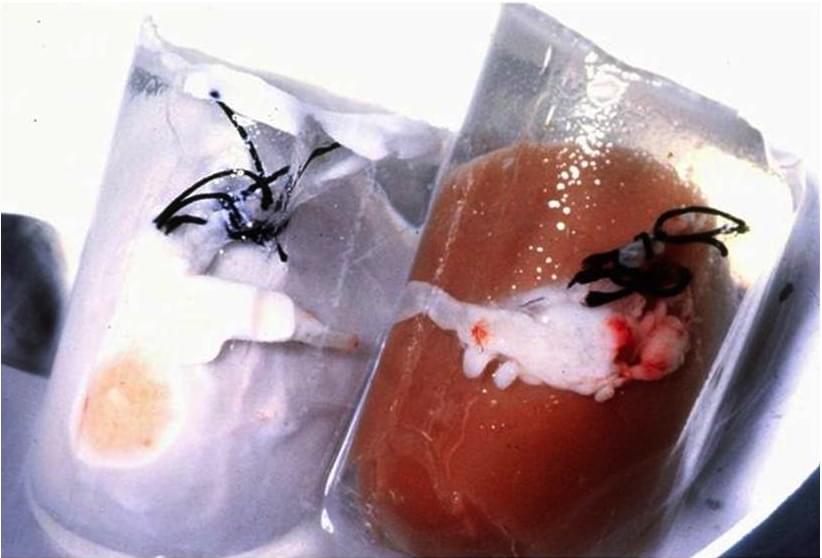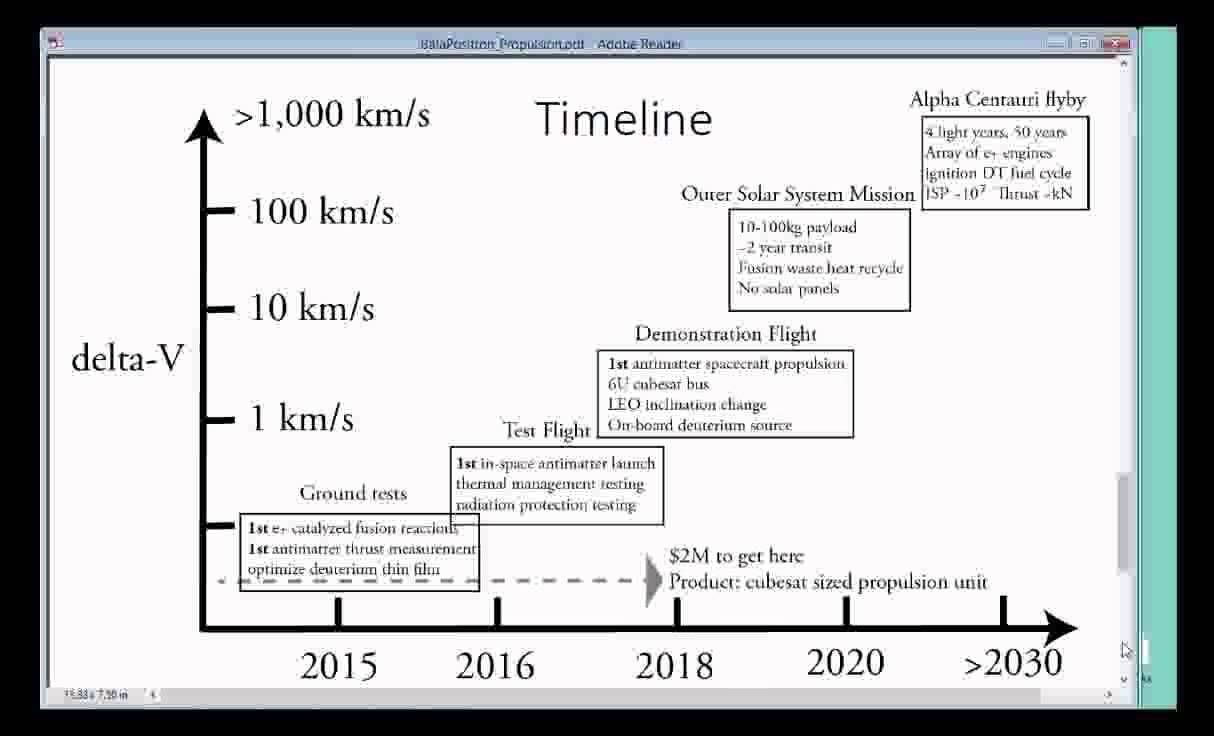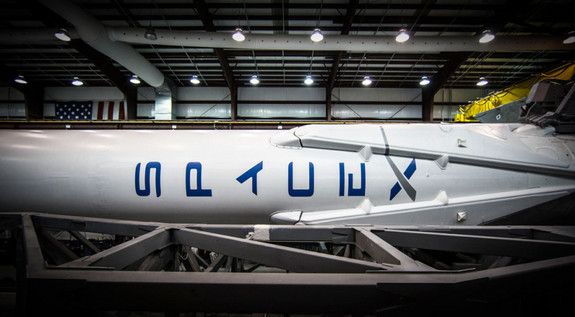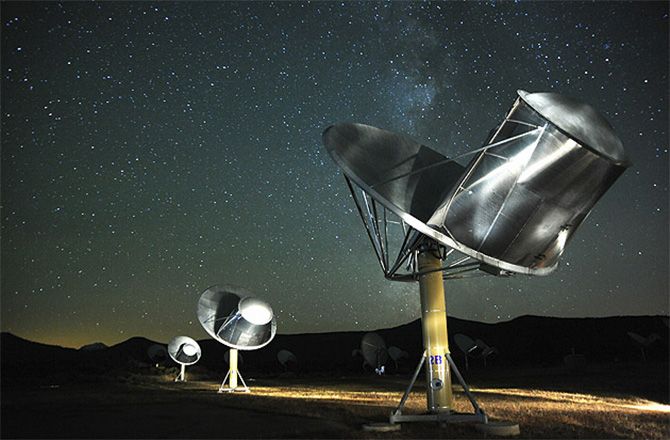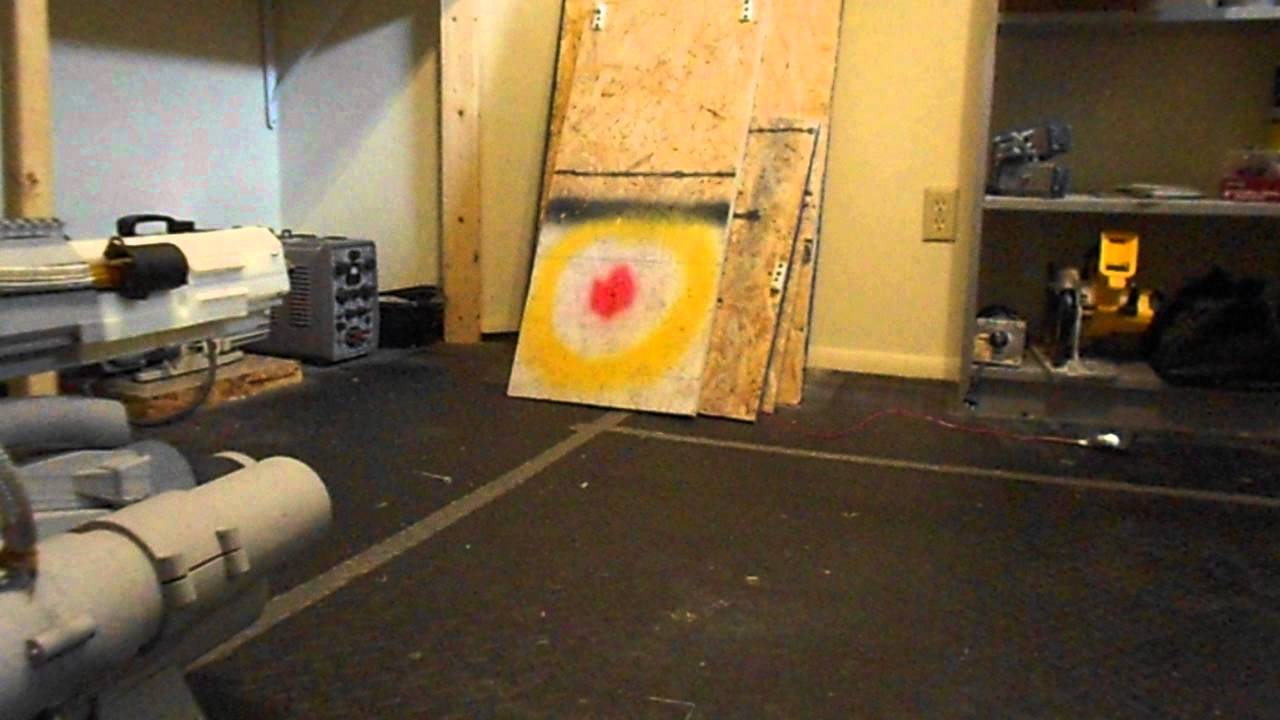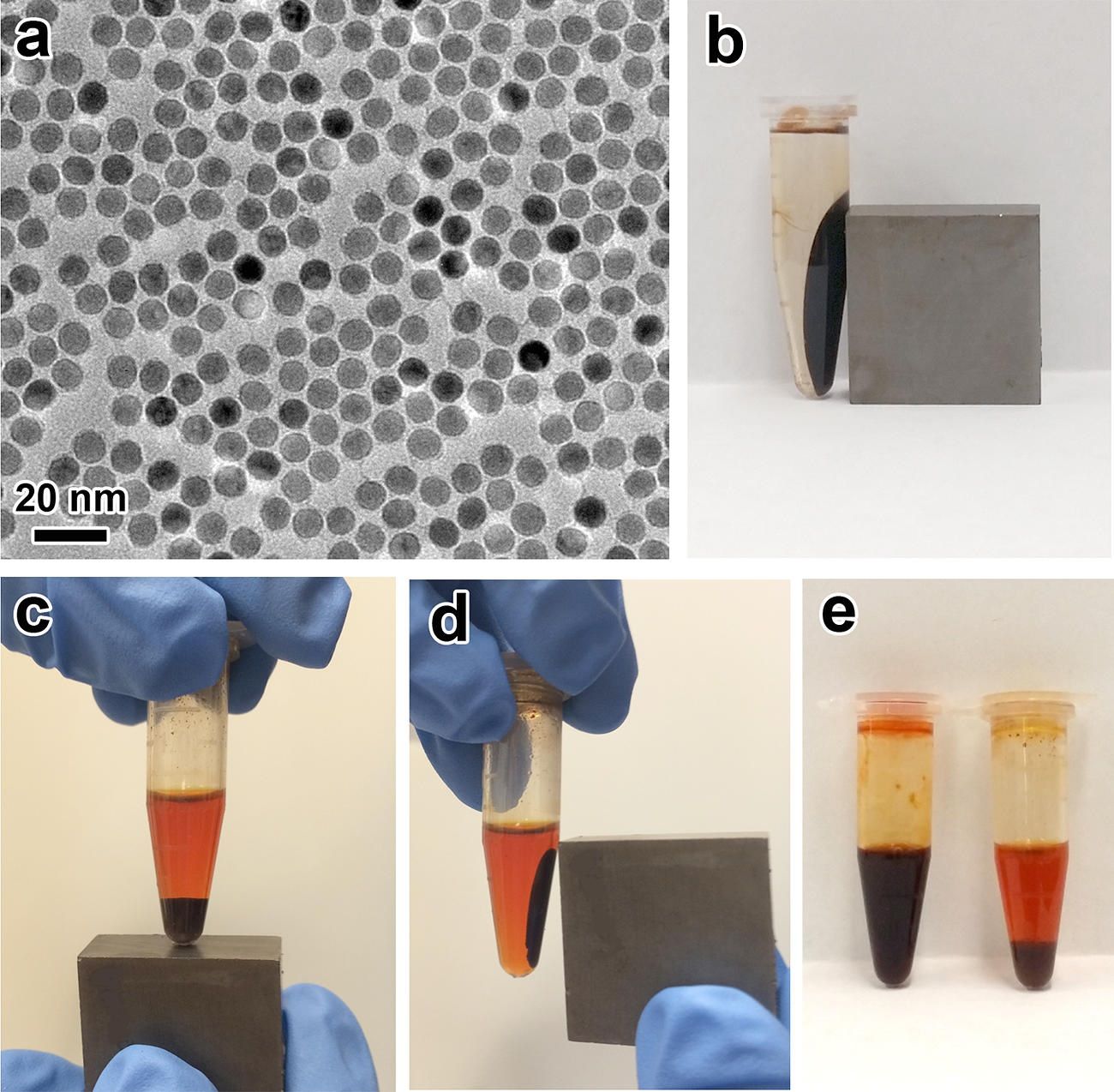What the nervous system of the roundworm, frozen embryos, and extreme hypothermia tell us about preserving the mind.
In 2013, Positron Dynamics had seed funding from Paypal billionaire Peter Thiel’s Breakout Labs. Initial simulations show that as much as 10 micrograms of positrons could be produced each week with a linear accelerator,” says co-founder Ryan Weed, PhD, a physicist and former cryogenic engineer for Jeff Bezos’s space flight company Blue Origin.
Now they have stated in a new presentation that they will have an antimatter powered cubesat vehicles in 2016–2019. They will be able to keep a cubesat in low earth orbit for seven years instead of few days. Then they will enable high speed spacecraft to go the outer solar system and then to the stars at a significant fraction of the speed of light.
“SpaceX on Oct. 16 said it had changed its Falcon 9 return-to-flight plans and would first launch 11 small Orbcomm messaging satellites into low Earth orbit, and then test reignition of the rocket’s redesigned second-stage engine during the same flight before launching SES’s heavier telecommunications satellite into higher orbit, a mission that will need the reignition capability”
The search for signs of life in a mysterious star system hypothesized to potentially harbor an “alien megastructure” is now underway.
Astronomers have begun using the Allen Telescope Array (ATA), a system of radio dishes about 300 miles (483 kilometers) northeast of San Francisco, to hunt for signals coming from the vicinity of KIC 8462852, a star that lies 1,500 light-years from Earth.
NASA’s Kepler space telescope found that KIC 8462852 dimmed oddly and dramatically several times over the past few years. The dimming events were far too substantial to be caused by a planet crossing the star’s face, researchers say, and other possible explanations, such as an enormous dust cloud, don’t add up, either. [13 Ways to Hunt Intelligent Alien Life].
First Gene-Edited Dogs Reported in China.
An extra-muscular beagle has been created through genome engineering. Are we on our way to customizing the DNA of our pets?
If you think the image above looks frightening, you’re right. The crazy contraption pictured in the image is the first portable railgun, a futuristic projectile launcher associated most commonly with the military or NASA. The man in the image above isn’t in the military, and he’s not a NASA engineer. Instead, he’s a civilian who used some engineering smarts, some widely available parts and a 3D printer to create a functioning weapon that can fire graphite, aluminum, tungsten and even plasma projectiles at speeds of more than 560 mph.
And then there’s the best part: There are videos of this homemade railgun in action.
MUST READ: The iPhone I couldn’t live with
Little is known about Imgur user “NSA_Listbot” beyond the fact that he’s just short of being a wizard with AutoCAD and a 3D printer. The man took to Imgur over the weekend to share what may very well be one of the most amazing and terrifying DIY projects that has even been attempted. And he didn’t just attempt it, he built it.
(Phys.org)—Scientists have built a battery containing a magnetic fluid that can be moved in any direction by applying a magnetic field. The magnetically controlled battery concept could be especially useful for flow batteries, where it could eliminate the need for the pumps that are typically required for moving the electrolyte from an external storage tank to the inside of a power stack to provide electricity. Flow batteries are being actively researched as large-scale energy storage devices for power grids, where they could store energy captured by intermittent alternative energy sources such as wind and solar.
The researchers, led by Yi Cui, Professor at Stanford University, have published a paper on the new magnetically controlled battery in a recent issue of Nano Letters.
“The greatest significance of our work lies in the innovative idea of using a magnetic field to control and enhance the mass and electron transport in a battery system,” lead author Weiyang Li, previously at Stanford University and now at Dartmouth College, told Phys.org.
